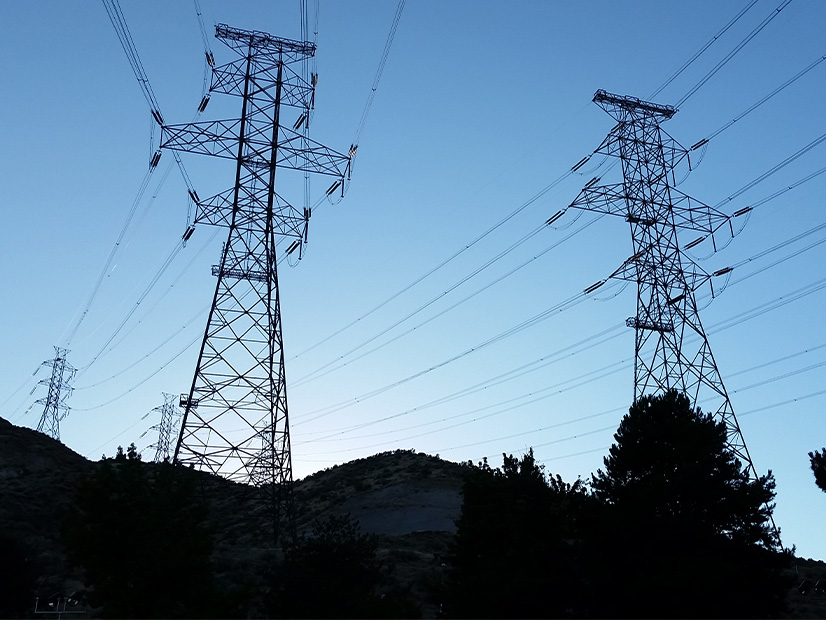
In a new Lessons Learned report posted Wednesday, NERC reminded utilities to be vigilant about the possibility of unauthorized people climbing on their transmission towers.
The Tower Climber Incident report is based on an incident in which a climber ascended to the top of a transmission tower before being detected by the transmission operator (TOP). As is usually the case with Lessons Learned reports, many details of the event — such as its location and the people, utilities and regional entity involved — were omitted to protect potentially sensitive business information. NERC also left out the date of the incident, only stating that it occurred “on an August day.”
Unapproved climbers on transmission towers are an ongoing concern in the U.S., with multiple incidents reported in the last year. In January, Duke Energy had to cut power to more than 15,000 customers after a man climbed an 85-foot tower in Charlotte, N.C., and stayed there for nearly four hours. In addition, The Washington Post reported last August on police in Utah finding hammocks strung high on transmission towers operated by Rocky Mountain Power, though without finding the trespassers themselves.
In the event detailed in NERC’s report, the TOP received a report of a “civilian tower climber” in a 230/500-kV corridor and dispatched a line crew to investigate. The crew was joined at the site by police and emergency services; after receiving confirmation of the report, the TOP relayed it to the reliability coordinator; together with the RC, the TOP decided to remove the three circuits that shared the tower (500 kV, 230 kV and 115 kV) from service to avoid injuring the climber.
To safely shut down the circuits, the RC first ordered import schedules on a nearby interface curtailed to 53% (later 21%) of their value prior to the incident. Internal generation was increased, and all load rejection schemes for the area were armed. The TOP then “reduced the load on the transformers supplied by these circuits” before removing them from service.
Meanwhile, the field crew worked to prepare a clearance so a crane could access the tower. After more than two hours, rescuers were able to bring the climber down, at which point police took the climber into custody. At this point the RC and TOP began to bring the circuits back online, after which the RC rescinded the emergency measures for the area.
Reviewing the incident, NERC noted that climbing a transmission tower poses “a safety hazard to the climber, operational risks to the entity and a potential service loss to consumers.” Its recommendations for TOPs and transmission owners included following policies on the installation of deterrents to prevent climbing; immediately after the event, the TOP had discovered there were “no visible danger/warning signs” in the area, which it addressed immediately.
NERC also suggested that TOs and TOPs ensure they have policies on responding to public safety hazards and communicating with other stakeholders, including first responders in addition to the RC, and that they “establish a minimum above-grade height for tower climbing aids that discourages unauthorized climbing.”


